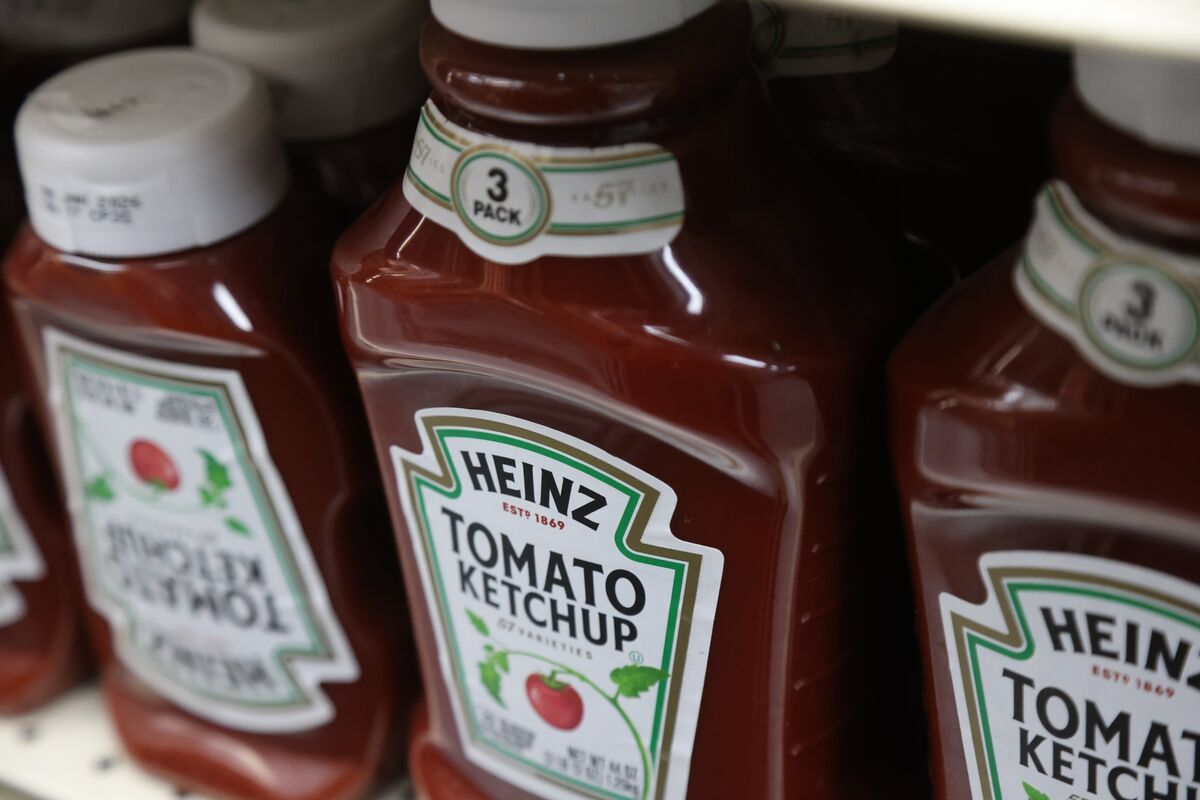News
Berkshire Shares Dip 3.4% After $3.8 Billion Kraft Heinz Hit

**Berkshire Hathaway Shares Plunge Amid $3.8 Billion Writedown**
Ever wondered how a $3.8 billion hit can send shockwaves through an empire? Warren Buffett’s Berkshire Hathaway felt the tremors Monday, as the market reacted sharply to a massive writedown. The numbers tell one story, but what does this mean for investors and the market at large?
What’s Happening?
Berkshire Hathaway’s shares dropped 3.4% on Monday after revealing a significant $3.8 billion writedown, its first in years. The company also waived share buybacks, sparking concerns about its financial health and Buffett’s investment strategy.
Where Is It Happening?
The impact is global, but Berkshire Hathaway, based in Omaha, Nebraska, is at the center of the storm, with repercussions spreading across world markets.
When Did It Take Place?
The decline occurred on Monday, following the release of Berkshire Hathaway’s second-quarter results.
How Is It Unfolding?
- Shares fell 3.4%—one of the steepest drops in recent years.
- The $3.8 billion writedown linked to Kraft Heinz is causing ripple effects.
- No share buybacks announce—contrast with past strategies under Buffett.
- Investors are analyzing Buffett’s moves, weighing future prospects.
- Market watchers debate if this signals broader economic uncertainty.
Quick Breakdown
- $3.8 billion writedown linked to Kraft Heinz.
- Shares dipped 3.4% in a single day.
- Berkshire skipped buybacks, a deviation from recent behavior.
- Buffett’s strategy under increased scrutiny.
Key Takeaways
Berkshire Hathaway’s $3.8 billion writedown is a wake-up call for investors, signaling that even the most seasoned company isn’t immune to market pressures. The decision to forgo buybacks suggests a cautious approach amid financial volatility. While the short-term impact is undeniable, the long-term outlook remains uncertain, with Buffett’s reputation hanging in the balance. It’s a test of confidence—both in Berkshire and the economy at large.
The writedown is a rare moment where Berkshire Hathaway signalsvalue adjustments. This might be a flash-point for broader market reviews.
– Sarah Franklin, Market Analyst
Final Thought
Berkshire Hathaway’s drop underscores that no investment is infallible. The market reacts to uncertainty, but the bigger question is Buffett’s next move. Will this lead to a strategic pivot or a recovery? Time will tell. Investors are on edge, but trust in Buffett’s long-term vision may well weather this storm.
Source & Credit: https://www.bloomberg.com/news/articles/2025-08-04/berkshire-shares-dip-3-4-after-3-8-billion-kraft-heinz-hit














